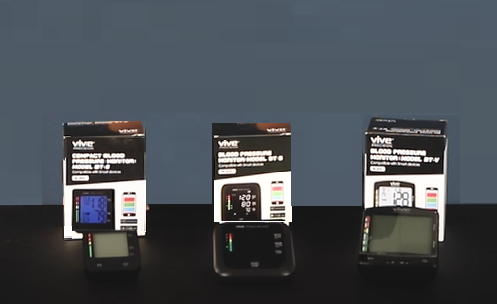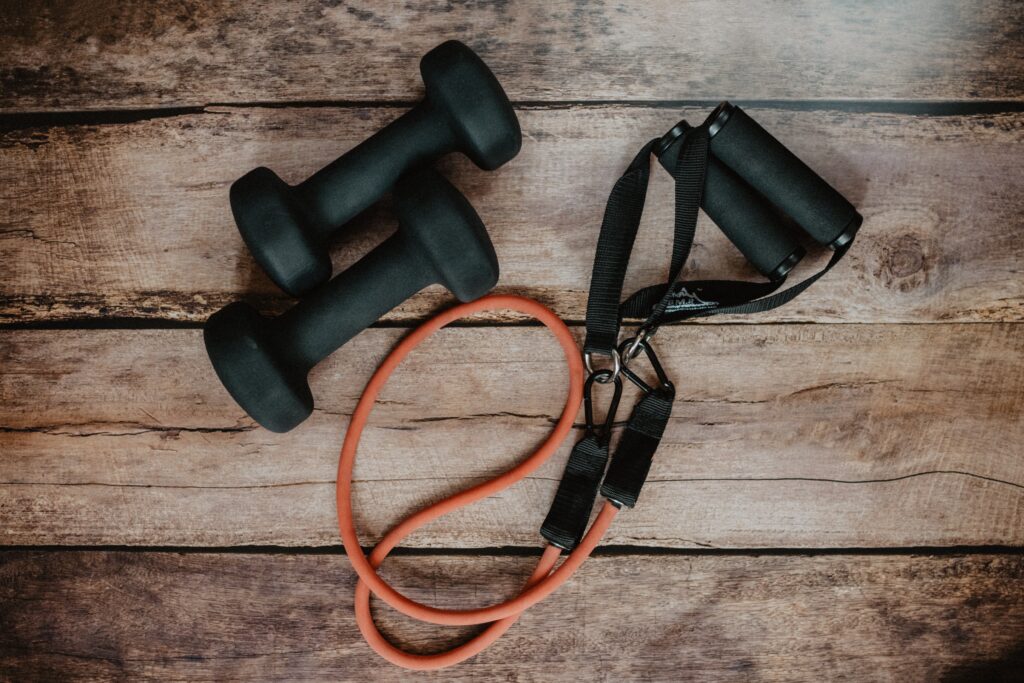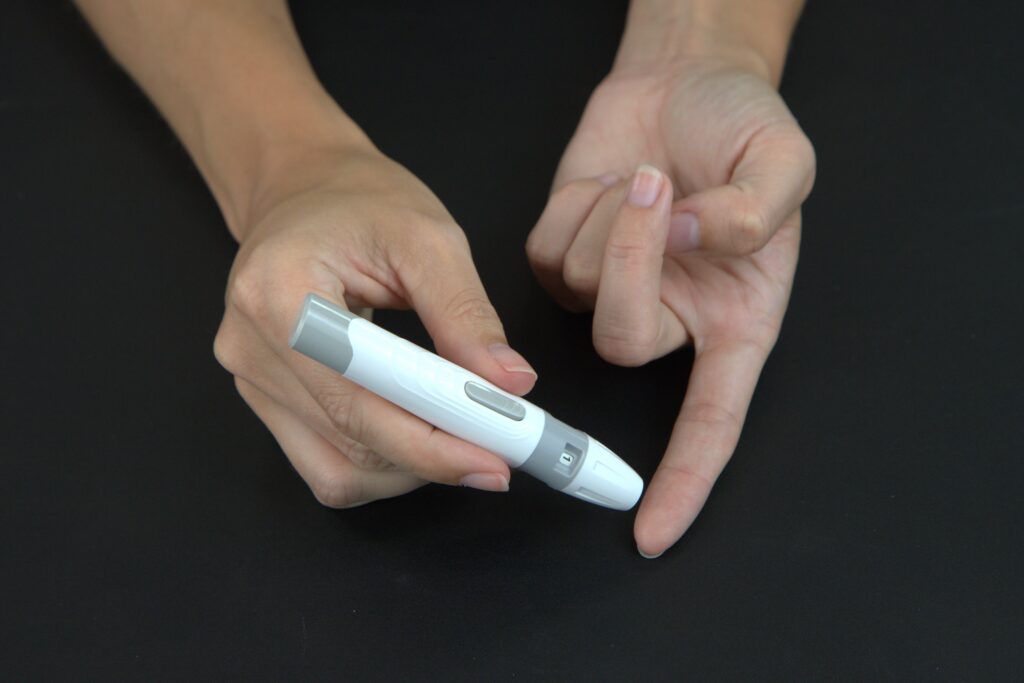Remote patient monitoring (RPM) is changing the healthcare industry in a big way and is becoming increasingly popular with both patients and healthcare professionals. With the ability to monitor a patient’s health remotely, RPM offers a convenient and cost-effective alternative to traditional in-person healthcare services. This blog will explore the exciting possibilities of remote monitoring and sleep testing and how it is transforming the healthcare landscape. One area where RPM has shown great potential is in sleep testing, which is a critical aspect of healthcare that affects millions of people worldwide. RPM allows patients to receive accurate and reliable sleep testing in the comfort of their own homes, without the need for in-person visits to healthcare facilities.

There are many advantages to using RPM in sleep testing. Firstly, RPM eliminates the need for patients to travel to a sleep lab, making the process much more convenient and accessible. This also reduces stress and enhances the overall patient experience. Additionally, RPM utilizes wearable devices to collect data, which allows for continuous monitoring, providing healthcare providers with a more complete and accurate picture of a patient’s sleep patterns.
RPM also has the potential to reduce healthcare costs by enabling early detection and treatment of sleep disorders. Early detection is crucial for the successful treatment of sleep disorders and can help prevent the development of serious health problems. For example, early detection and treatment of sleep apnea can help prevent the development of high blood pressure, heart disease, and stroke. Furthermore, by continuously monitoring patients, healthcare providers can adjust treatment plans as necessary to achieve the best outcomes.
Another benefit of RPM in sleep testing is the ability to monitor a wider range of patients. RPM eliminates the need for patients to travel to a sleep lab, making it easier for patients in remote or rural areas to receive treatment. This is particularly important for patients who may have mobility or transportation difficulties.
RPM also offers healthcare providers a more comprehensive and efficient way to diagnose and monitor sleep disorders. By analyzing data collected from wearable devices, healthcare providers can quickly identify changes in a patient’s condition and take appropriate action. This is especially important in the case of sleep apnea, where early detection and treatment can have a significant impact on patient outcomes.
Sleep disorders are a major concern for public health, with an estimated 50-70 million adults in the United States alone suffering from various sleep problems, including insomnia, sleep apnea, restless leg syndrome, and narcolepsy, among others. If left untreated, sleep disorders can have serious consequences for a person’s health, including increased risk of heart disease, stroke, depression, and other life-threatening conditions.
In the past, sleep testing was performed in specialized sleep labs and required patients to spend a night connected to various sensors and monitors. This process could be time-consuming, inconvenient, and expensive for patients, especially for those who require frequent monitoring. However, with RPM, sleep testing can be performed in the comfort of a patient’s home.
RPM uses wearable devices, such as smartwatches or sleep trackers, to monitor a range of sleep-related parameters, including sleep duration, efficiency, and stages. These devices collect data on a patient’s sleep patterns and send it to healthcare providers for analysis, providing more frequent monitoring and early detection of sleep disorders. This is particularly important in the case of sleep apnea, a condition where a person’s breathing is repeatedly interrupted during sleep, leading to serious health problems such as high blood pressure, heart disease, and stroke. With RPM, healthcare providers can monitor a patient’s breathing and oxygen levels during sleep, helping to diagnose sleep apnea and monitor treatment effectiveness.
In addition to the benefits outlined above, RPM in sleep testing also provides a more personalized approach to healthcare. The use of wearable devices allows for the continuous monitoring of a patient’s sleep patterns, providing healthcare providers with a more in-depth understanding of a patient’s specific sleep needs and habits. This information can then be used to tailor treatment plans and improve patient outcomes.
With the rise of remote patient monitoring technology, healthcare providers now have the opportunity to deliver high-quality sleep testing services to their patients in a way that is convenient, cost-effective, and efficient. By leveraging the power of technology, healthcare providers can provide patients with the care they need to improve their health and well-being, while also reducing the burden on traditional healthcare services.
In conclusion, the potential for RPM in the field of sleep testing is enormous and its impact on the healthcare industry will only continue to grow. By offering a convenient, cost-effective, and personalized approach to healthcare, RPM has the potential to improve the lives of millions of people and create a more equitable and accessible healthcare system for all.
Read our last blog here about the difference between RPM and CCM.










